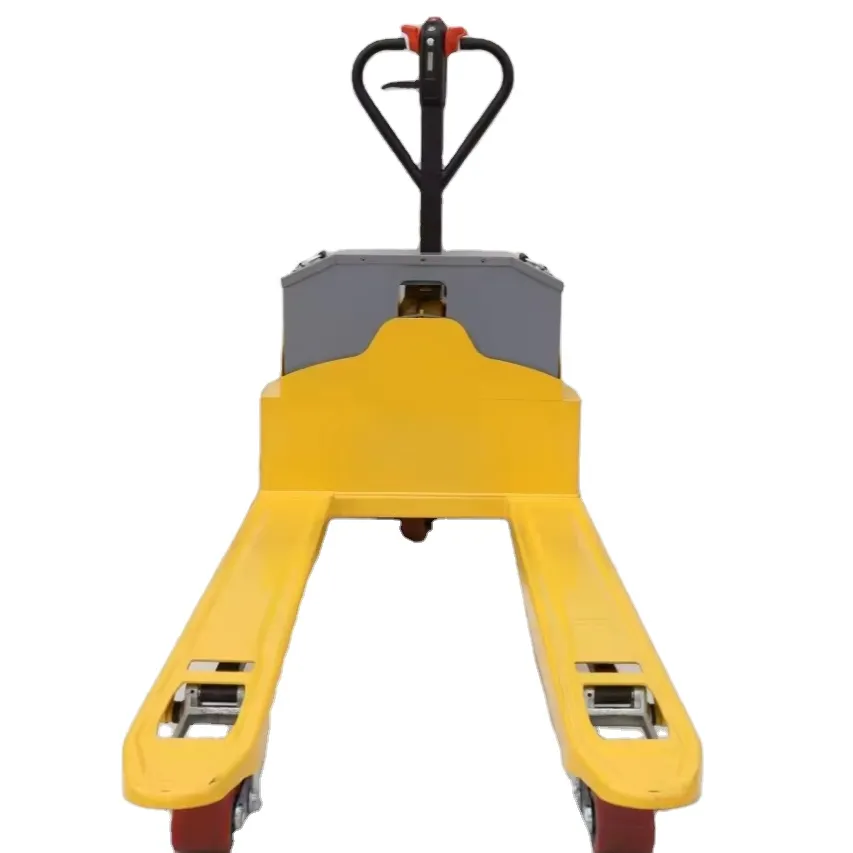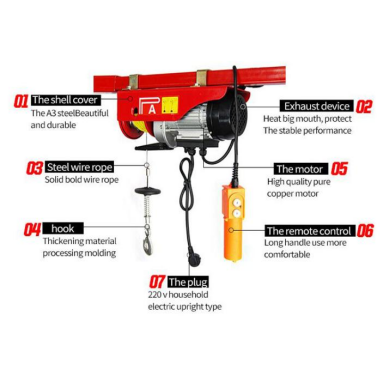Designing an electric winch is a sophisticated melding of engineering principles and customer-centric insights. This process involves not only mastering the physics of force and motion but also understanding user needs and market trends. To ensure a robust, efficient, and market-ready electric winch, several key elements must be considered meticulously.

To start with, the motor selection is crucial for the winch design. A DC motor is typically favored due to its high torque and low-speed operation capabilities, which are essential for lifting heavy loads steadily. The motor's power rating must align with the maximum load capacity of the winch to prevent any overstraining, ensuring reliability and longevity of the device. Designers should incorporate overload protection mechanisms, like thermal overload protection, to automatically deactivate the motor if it risks overheating.
The gearbox design is another pivotal aspect, requiring a deep understanding of gear ratios. A higher gear ratio allows the winch to lift heavier loads with less power but at a reduced speed, whereas a lower gear ratio increases speed but reduces the load each cycle can manage. Balancing these elements to meet specific user needs is an art that combines both engineering prowess and practical experience.

Cable or rope choice should not be underestimated in electric winch design. Steel cables offer durability and strength yet are heavier and more prone to rusting over time compared to synthetic ropes. On the other hand, synthetic ropes possess greater flexibility and safety – they don't develop kinks as steel cables do and are easier to handle, especially useful in off-road applications. Evaluating the intended use and environment of the winch will guide this choice, ensuring user safety and product performance.
The user interface and control mechanisms serve as the face of the electric winch. Intuitive, user-friendly controls are non-negotiable. Wireless remote controls and manual switches are both viable options, with remote controls offering greater flexibility and convenience. Incorporating a load-sensing feature in the control system can be advantageous, as it alerts users when the lifting capacity nears its threshold, preventing potential accidents.
electric winch design
Safety is paramount in the design of an electric winch. A failsafe brake system is an essential feature, ensuring the load remains in place when no power is supplied to the winch. Equally important is the inclusion of a clutch system that enables users to disengage the drum, allowing for free-spooling without powering the motor. This is particularly useful in scenarios where rapid unwind is needed.
Durability and maintenance are areas that require foresight. Anticipating field conditions where the winch will operate influences material selection and protective features. Corrosion-resistant materials such as galvanized steel or high-impact plastics extend the life of the winch, especially in harsh environments like marine or industrial settings. Designing easy access to components for routine maintenance can significantly enhance the longevity of the winch, ensuring it remains functional over an extended period.
The electric winch market is competitive. Differentiation by integrating advanced technologies, such as IoT for smart diagnostics and performance monitoring, can create significant advantages. Including sensors that provide real-time feedback on load weights, environmental conditions, and operational status can elevate the user experience, showcasing reliability while reinforcing safety protocols.
Moreover, aligning with global standards and certifications enhances the product’s credibility, portraying a commitment to excellence and safety. Standards such as the American National Standards Institute (ANSI) or International Organization for Standardization (ISO) provide guidelines that ensure the winch meets rigorous safety, reliability, and quality requirements. Adhering to these standards not only fortifies trustworthiness but also provides a competitive edge when entering diverse markets.
A successful electric winch design merges engineering intelligence with an acute awareness of consumer demands and safety standards. By harnessing advanced technology, prioritizing resilience and user safety, and adhering to pertinent quality standards, designers can develop electric winches that distinguish themselves in a crowded marketplace, demonstrating not only expertise but significant credibility and authority in this specialized field.








